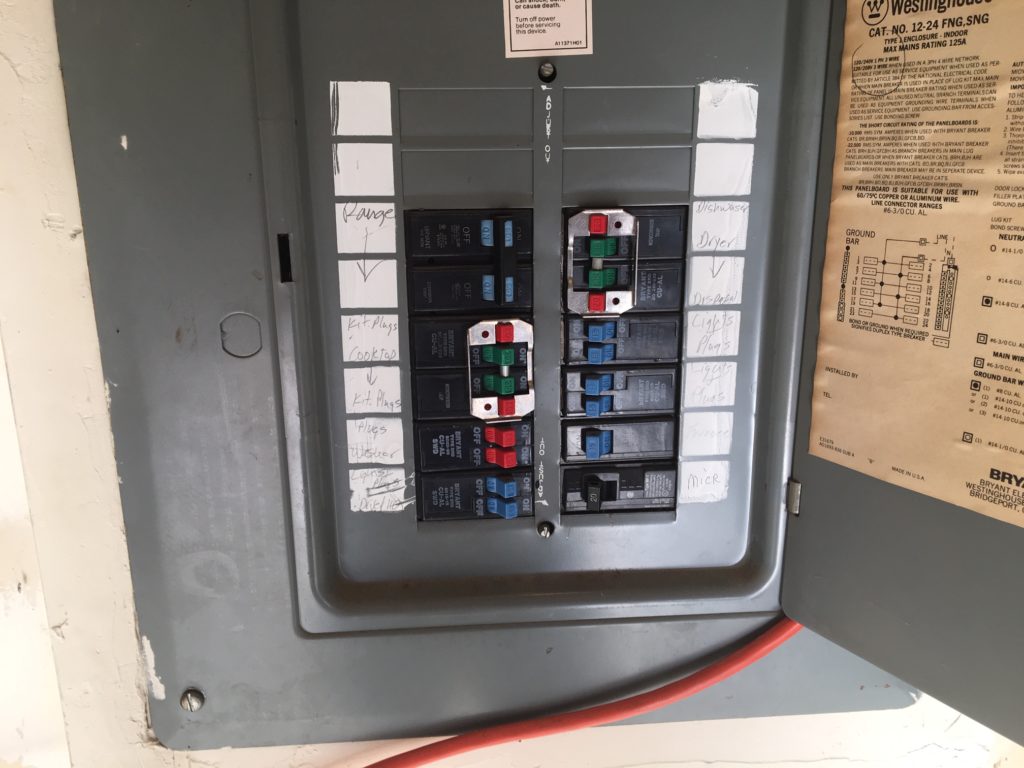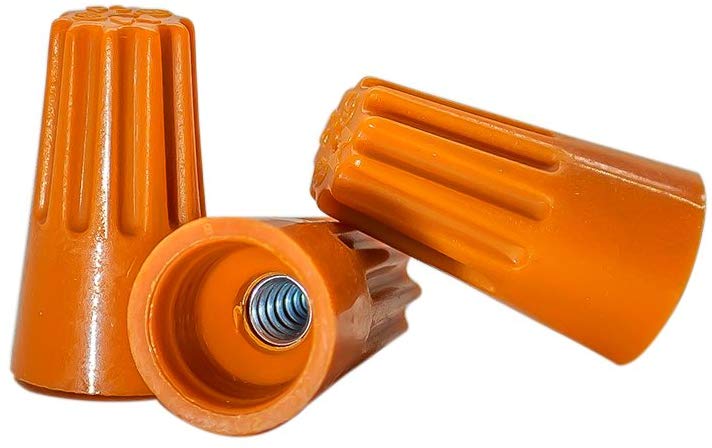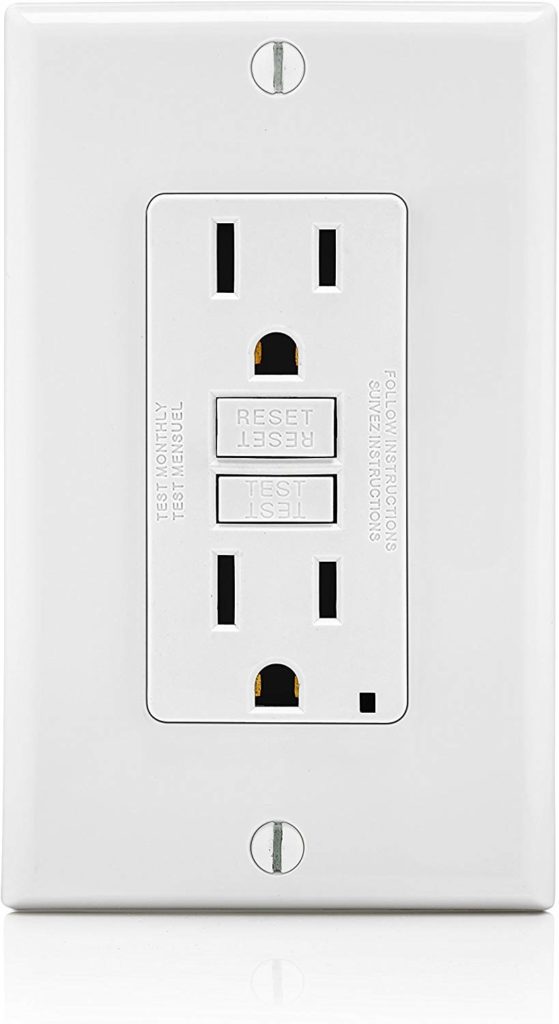The goal of this post is to provide readers background on some of the basics of the electrical systems in their house.
Fuse Box: Before doing any electrical work in your house you will want to know where the fuse box is. The fuse box contains switches to turn power on and off to various sections of the house. If your lucky your fuse box will have labels indicating which switch is associated with which section of the house. However, these labels might not be accurate, so be sure to double check (my fuse box has labels but most of them are wrong). Whenever you are doing any electrical work make sure to turn off the power to the area you are working on via the fuse box.

Even if you think you have turned off the electricity to the area you are going to work on, it is good to double check that the area is not receiving any electricity. An easy way to do this is to use a non-contact voltage tester, which I describe further in a post found here.
Working with Wires: When doing electrical work (say replacing a hallway light fixture) you will likely be dealing with three types of wires:
- A “hot” (current-carrying) wire. This wire is usually black.
- A neutral wire. This wire is usually white and provides the return path for the current provided by the hot wire.
- A ground wire. This wire is a safety feature and is often green or a copper color.
You’ll notice when connecting and disconnecting wires that they are often connected with a nut of some sort. This nut is called a wire nut, and it has metal inside it to connect the two wires, and it twisted on until the wires are securely connected. An example of how a wire nut looks (with the metal connection visible) is in the photo below.

GFCI Outlets: When doing electrical work at some point you will run into ground-fault circuit interrupter (GFCI) outlets. The GFCI outlets are basically there to prevent electrocution and are normally installed in areas where water is often present such as bathrooms and the kitchen. An example of what a GFCI outlet looks like is below:

The GFCI will measure the difference in the amount of electricity flowing into the circuit to that flowing out and quickly to trip or shut off the circuit if there is a difference. Therefore instead of tripping the circuit in the circuit breaker, it will be tripped at the actual outlet. This is why the outlet has the reset and test buttons. After the outlet gets tripped you can turn it back on with the reset button. Also, you can test that the outlet is working properly with the test button. Once I called an electrician because the lights in my bathroom were not working. All he did was hit the reset button on the GFCI outlet, but I still had to pay him $120.